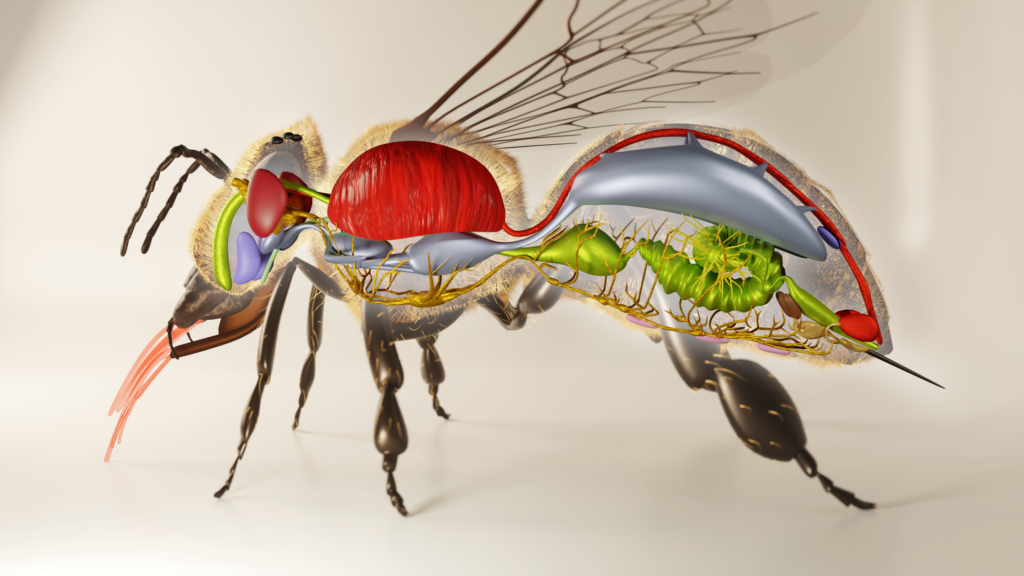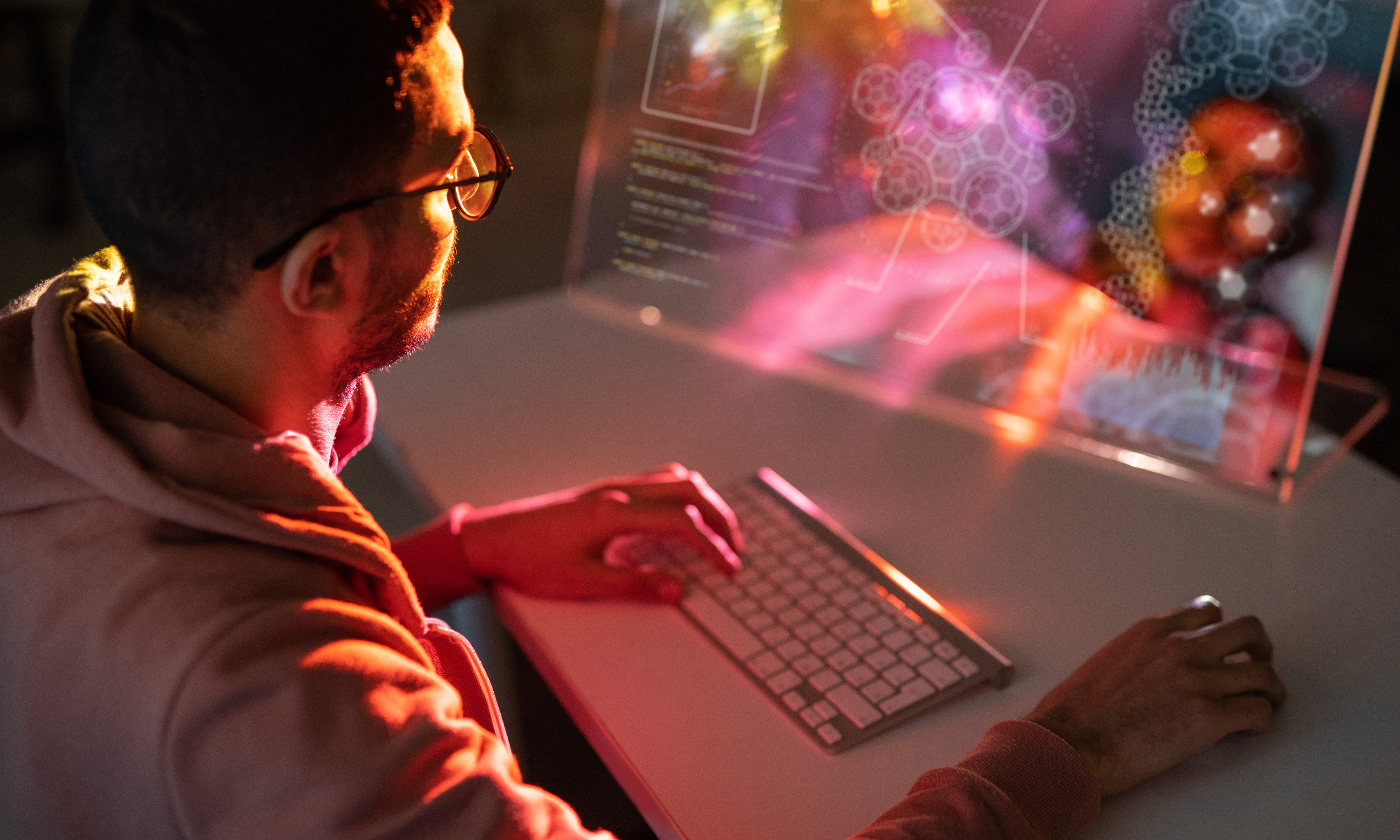Today, 3D models are much more than collectible figurines for self-assembly or three-dimensional characters and objects known from cartoons. These are interactive multimedia that are applicable in almost every area of life, and especially support the learning process. What are 3D models and what is 3D modeling? How to use 3D models in employee development and education? What are the benefits of 3D models in e-learning? Read our article and find out why 3D models are an effective educational tool.
What is the 3D model?
A 3D model is a mathematical representation of any object or surface in three dimensions. Technically, it is a computer-generated geometric mesh that allows you to design a spatial object.
The use of 3D models is very wide and touches practically every area of life or industry. From digital, architectural or industrial visualizations, to game design, film characters, special effects, design, design, art. Such a great popularity of 3D models in many branches of business is due to, among others, with their enormous educational potential.
3D models support the process of designing and visualizing objects and spaces, which is a helpful solution, e.g. in construction, architecture or interior design, but also in medicine and scientific imaging. And these are just a few examples of their capabilities. 3D models present content in an accessible and attractive way for the recipient, hence their use in e-learning training and other modern forms of online employee development.
3D modeling in e-learning
3D models successfully serve not only as part of educational content, e.g. in tailor-made online training. In themselves, they are also an attractive form of communication, used in all multimedia projects and realizations. They help to visualize even a complex and difficult to present process or object. With their help, you can easily present the construction of complex machines, devices or vehicles, as well as space and surfaces. 3D models are also used in immersive VR/AR technologies. They are used to design virtual spaces, the world of games and digital reality objects.
3D modeling ー benefits in online education
The speed of knowledge transfer
3D models in e-learning, thanks to their digital form, provide the necessary knowledge in a quick and simple way. They are embedded in web browsers, which allows the user to rotate and view them on their own. Such visualization of any object means that the recipient immediately obtains the necessary information about what the object looks like, how it is built and what elements it consists of.
Practical application
3D training content presents the topic in a practical way. Thanks to this, employees can move in the virtual world as in a real work environment, learn to operate and assemble equipment, and learn about the rules and procedures related to their profession. And most importantly, in safe conditions to gain practical skills necessary for their work.
They are used for simulation in training
3D models are often used to create simulations in training. In this way, employees can virtually see the equipment or tools needed in their profession, learn how to use them without consequences and errors that could be dangerous to them in the real world.
Mobility
3D models are a great component for materials in augmented reality and fit into the mobile learning strategy. This way of learning does not require users to sit at a desk. On the contrary, it enables access to knowledge on demand, from anywhere, whenever the need arises. In this way, both employees can learn, be it corporate employees in dispersed teams, or production employees from different branches and locations, as well as school and university students.
Strengthening the learning experience
Learning in the 3D world is closely related to games and the mechanism of gamification. Learning in a competitive virtual environment and competition for prizes or points are not only much more interesting than traditional learning methods, but also increase employee engagement. What’s more, all this translates into better learning efficiency and provides users with a stronger learning experience.
Examples of 3D models
As part of one of our projects, we created e.g. 3D model of a bee. Its author is Maciej Keppe, a 3D graphic designer in the Multimedia Projects Department.


3D models and tailor-made training for your company
Do you want to visualize your product in an interesting and attractive way? Are you looking for an idea for innovative tools in employee development? Discover a new dimension of e-learning thanks to tailor-made trainings from GroMar. 3D models, animations, simulators, storytelling, employee games, VR technology and interactive multimedia are just some of our capabilities. Contact us today and arrange a free consultation with an expert. Let’s talk about how we can support your company’s digital growth!
